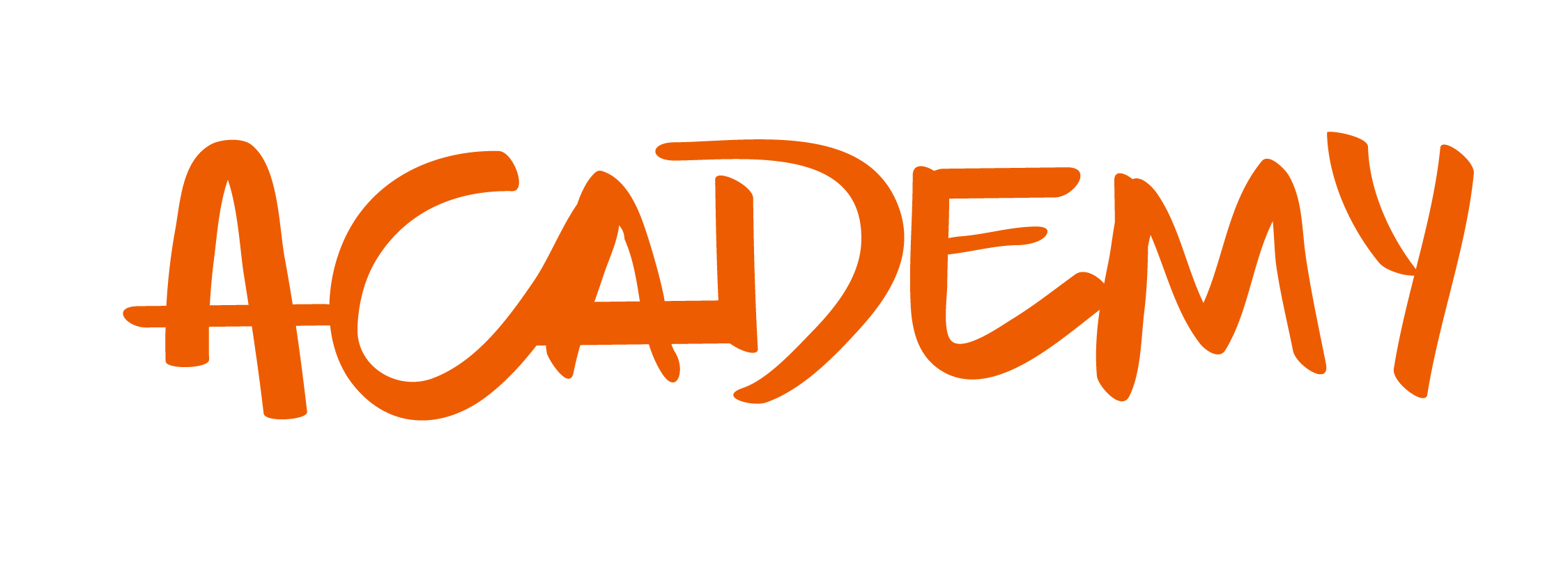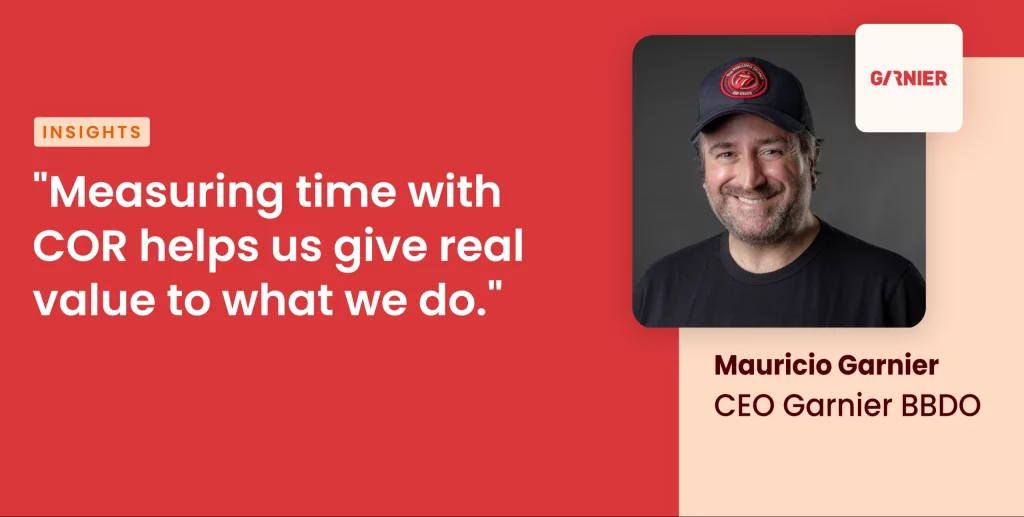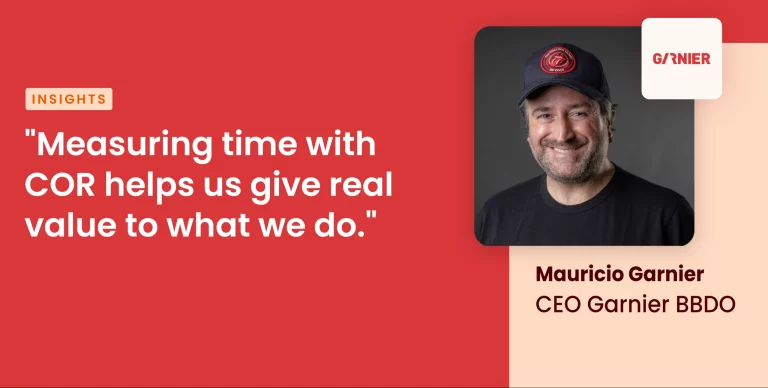The profitability of a creative agency depends on every hour worked. It’s not just about accumulating hours; what truly matters is how they are distributed between billable tasks, which generate revenue, and non-billable tasks, which, while necessary, don’t directly impact the business. Maintaining this balance is crucial to ensuring operational efficiency and, in the long run, increasing profitability.
Difference between billable and non-billable hours
Billable hours are those spent on client projects, directly contributing to revenue. On the other hand, non-billable hours are allocated to internal activities like meetings, training, or administrative tasks. While these are essential to the agency’s operations, they don’t generate direct income.
Time optimization is crucial for profitability, as any deviation or rework can directly impact profit margins. This is why having clear visibility of how time is divided between billable and non-billable tasks is essential.
The challenge for agencies: Rework and work overload
Rework and work overload are two common issues in agencies, often interconnected. Without proper management of working hours, it’s easy to fall into inefficiencies that disrupt workflow. In fact, the COR Report, an annual survey of over 600 agencies, reveals that 42% of them don’t have clear control over the distribution of billable and non-billable hours.
This lack of visibility can lead to an excessive allocation of resources to internal tasks, reducing the time available for client projects, which negatively impacts profitability.
Making data-driven decisions: The key to success
During the pandemic, Garnier BBDO faced the challenge of efficiently managing time in a remote work environment. They implemented COR to monitor hours in real time, allowing them to make informed decisions. By analyzing the data, they discovered that 60% of the design team’s time was spent in meetings, reducing the time available for creative work. Instead of hiring more staff, they chose to reorganize tasks to free up productive hours without increasing costs.
Another discovery was the excessive amount of time spent on pro bono projects, which affected their ability to generate revenue. Thanks to COR, they established a fixed number of annual pro bono projects, achieving a balance between their social responsibility and profitability.
They also compared themselves to global benchmarks to measure their efficiency. They found that 23% of their time was dedicated to internal tasks, while the standard for the most efficient agencies was 18%. This 5-point difference represented an opportunity for an additional 15,742 billable hours, simply by adjusting the time allocated to non-billable tasks.
Conclusion: Visibility for greater profitability
Having full visibility over the hours worked, both on billable and non-billable tasks, is essential for improving operational efficiency and identifying growth opportunities. Garnier BBDO’s experience shows how strategic time management, supported by tools like COR, can eliminate inefficiencies and boost profitability without increasing operational costs.














